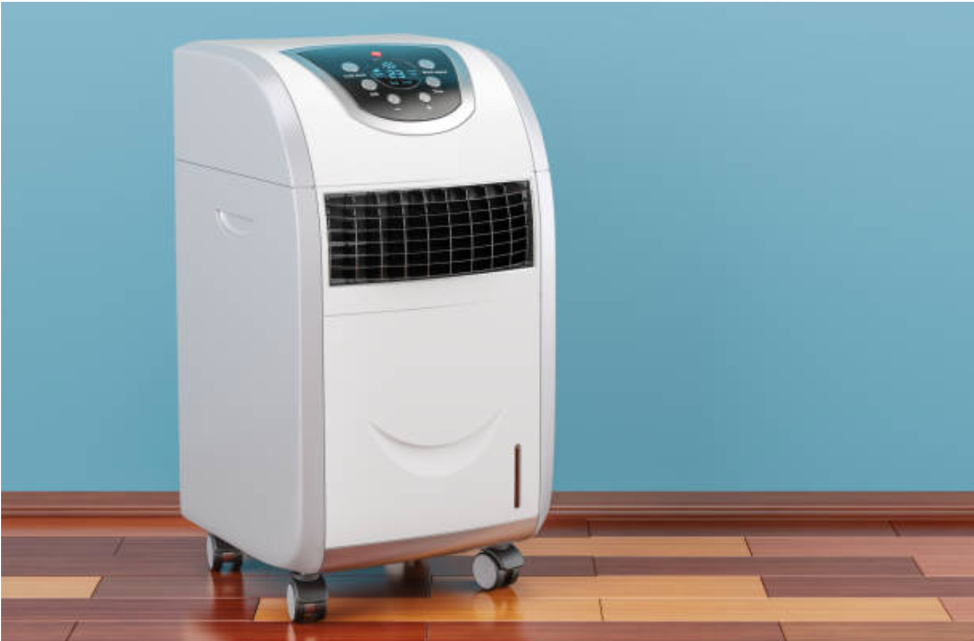Cleaning a portable air conditioner (PAC) is usually straightforward, but if it’s your first attempt, take a few hours for optimal results. Always read through the owner’s manual to see the highlighted ways to maintain that specific unit. One of the best cost-effective ways to keep your small office, room, or apartment at comfortable temperatures during summer is to use portable air conditioners.

Even when camping on hot summer days, you’ll need air conditioners too. Although tents tend to be more comfortable, they usually get overheated and sometimes feel like a hot sauna. Tent air conditioners are cost-effective and make a big difference while camping in hot areas with a sunny climate and hot winds. For instance, a portable air conditioner for camping, such as the Lifesmart Cooler, is lightweight, power-efficient, mobile, and suitable if the camping site isn’t powered. Good tent air conditioners need to cool the entire space completely, and those that have cooling, dehumidifiers, and fans are ideal.
You can easily move these portable air conditioners around, making it easy and cheaper to cool down several rooms. They usually require no permanent installation, and just like any other home appliance, portable air conditioning units need to be appropriately cleaned and maintained to work at their full capacities.
In this article, we have discussed some of the standard cleaning tips associated with most portable air conditioners.
The unit needs to be first unplugged and moved out of the wall opening or window. Consider placing it on a clean, sturdy surface, then remove the front cover and its casing according to the instructions of the manufacturer.
Clean the Exterior
The portable air conditioner’s casing should be routinely cleaned as it gets dirty and dusty very often. A dirty exterior is an indication of how filthy the interior is! Wipe clean the surface of the unit using a soft cloth dampened with water. Avoid using spray cleaners, chemicals, ammonia, liquids, chlorine bleach, or abrasives to clean it as they may tamper with the surface. A simple solution of warm water and mild detergent works fine. Use another soft dry cloth to remove any moisture from the surface.
Draining the Water
In the process of cooling a room, an air conditioner collects water in the air, which needs to be removed. Most of the units are designed with internal tanks that collect the excess condensation. It’s emptied using the hose, pump, or done manually. After the internal tank is filled with condensed water, the water-full-indicator will come on.
- Use the drain near the bottom to drain the condensate with a shallow pan below the unit.
- Take out the cap and rubber plug to drain the tank.
- Fix the drain plug and screw the cap back into its place.
Clean the Filters
The filters of PACs are used to remove airborne particles. In some cases of advanced units, they are designed with inbuilt air purifiers with ionizers and HEPA or carbon filters. Typically, the filters need to be replaced instead of frequent cleaning, but the manufacturer’s manual will have better maintenance directions. The filters are located on the rare side of the PAC.
- Remove the main and secondary filters by pulling the tabs to slide out them out from the back of the unit.
- Immerse them in plenty of warm water with detergent and shake gently to remove dust particles and excess moisture. You will need to remove the carbon filters and shake out the dust or replace them according to the manufacturer’s instructions.
- Reinstall the filters back into the unit after all the thorough cleaning and drying.
Clean the Condenser Coils
You will need a simple acidic solution such as vinegar and lime juice with water to thoroughly clean the cooling coils. This solution will work well if directly sprayed on the cooling coils. On the other hand, the air intake vents can be vacuumed with a handheld vacuum or cleaned with a hose attachment. Be keen during this process not to interfere with anything else that might cause another plethora of problems.
Replace the unit’s casing and cover after you’re done with the last step of cleaning and return it to its mounting position. Make sure your portable air conditioner is not exposed to direct sunlight, which affects its efficiency and may damage the unit’s surface. You can ensure this by putting an awning over the window or mounting the unit on a shady wall.
Depending on the price you’re willing to pay and the amount of power you need, there will always be an air conditioning unit favoring your needs. Good portable air conditioners will make a world of difference in the enjoyability of your apartment, office, or tent.
Finally, when you are not using the air conditioner, probably over the winter, store it in a place without extreme temperatures or cold. Failure to properly maintain your air conditioner can result in often problems such as becoming energy inefficient. Better care of your air conditioner will save you future expensive repair costs and ensure that it lasts for a more extended period.
